Optimal Timing for Storm Restorations
Storm restorations are most effective when performed promptly after storm events to minimize damage and prevent further deterioration. The optimal timing depends on weather patterns, regional climate, and the specific types of damage sustained. Typically, late summer and early fall are considered ideal periods for preparation and repairs before winter storms begin.
Conducting inspections immediately after a storm helps identify damage early, allowing for timely restorations that prevent further issues.
Dry, mild weather conditions facilitate effective repairs and reduce delays caused by rain, snow, or strong winds.
Late summer and early fall often provide the best window for storm restoration projects before winter weather complicates repairs.
Understanding local storm frequency and intensity can help determine the most strategic times for restoration efforts.
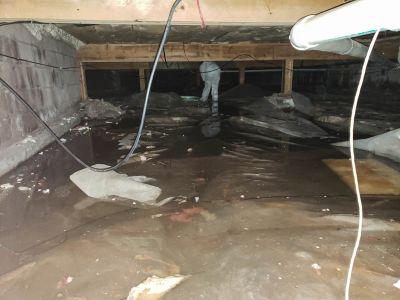
Ways to make Storm Restorations work in tight or awkward layouts.
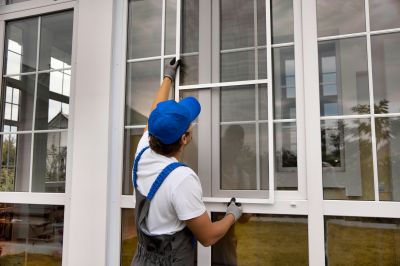
Popular materials for Storm Restorations and why they hold up over time.
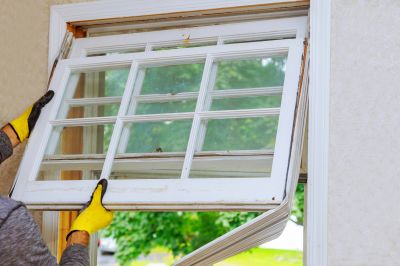
Simple add-ons that improve Storm Restorations without blowing the budget.
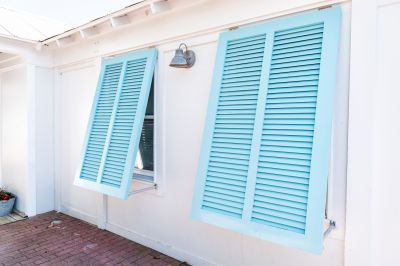
High-end options that actually feel worth it for Storm Restorations.
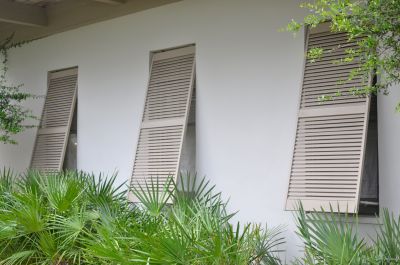
Finishes and colors that play nicely with Storm Restorations.
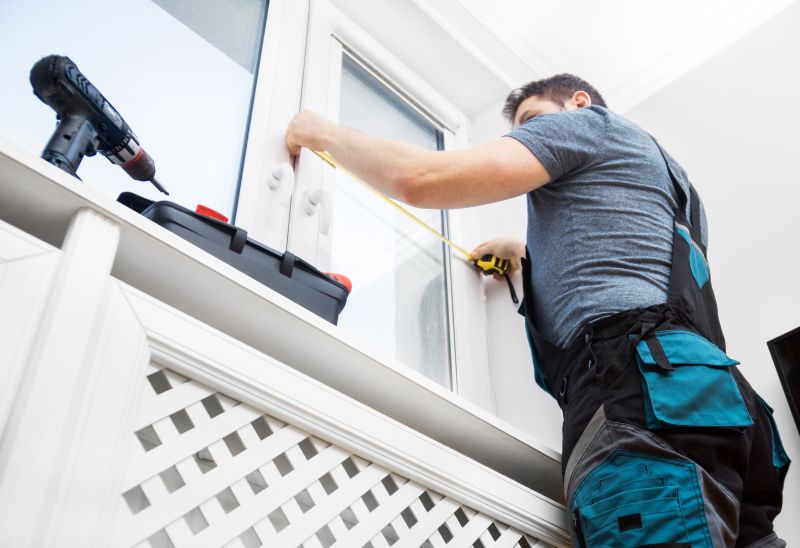
Little measurements that prevent headaches on Storm Restorations day.
Storm restorations involve repairing and restoring structures damaged by severe weather events. These projects can include roof repairs, siding replacements, window fixes, and structural reinforcements. Timely intervention helps prevent secondary damage such as water intrusion, mold growth, and further structural weakening. Proper planning and execution during the optimal season can significantly reduce costs and downtime.
Statistics indicate that regions experiencing frequent storms benefit from proactive restoration schedules. In areas like American Fork, UT, storm-related damages tend to peak during late summer and early fall, aligning with regional weather patterns. Restoring damaged properties promptly can also help maintain property value and safety standards.

A 60-second routine that keeps Storm Restorations looking new.

A frequent mistake in Storm Restorations and how to dodge it.

Small tweaks to make Storm Restorations safer and easier to use.

Lower-waste or water-saving choices for Storm Restorations.
| Storm Types | Optimal Restoration Period |
|---|---|
| Hurricanes | Late summer to early fall |
| Tornadoes | Immediately after storm event |
| Heavy Snowstorms | Late fall to early winter |
| Thunderstorms | Within days of storm occurrence |
| Flooding | As soon as water recedes |
Timely storm restorations help mitigate long-term damage and reduce repair costs. Planning restoration efforts around regional weather patterns ensures that repairs are completed under suitable conditions, leading to better outcomes and durability.
